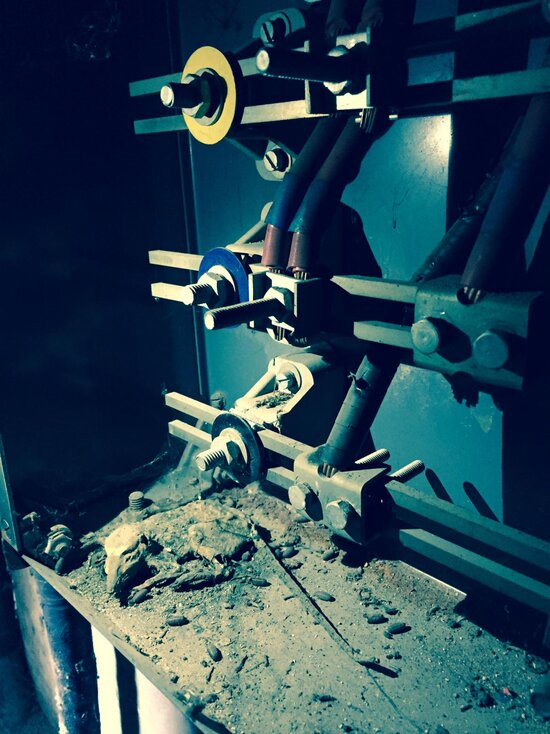R
RobinMitchell
Hi Everyone,
I have noticed that in the past three houses that I have lived in there are always dodgy electrics.
In my bedroom there was a humming sound that always came from the ceiling rose but until now I assumed it was the dimmer switch. So today I changed the switch to a standard one (on off), but the buzzing was still there.
So at this point I knew "Damn, that has to be an electrical arc :O", so I took out the ceiling rose and to my disgust found the worse set of wiring skills ever. The ceiling rose does not have any terminal blocks built in which is why I did not mind finding loose terminal blocks. But one of these connectors was a transparent piece of plastic that has mini grips to connect multiple wires to a common bus. I took that out, cleaned all the connections and no more buzzing. I believe that the plastic connector was either old or the mechanical grips (no screws, just the force of the bent metal), was not making a solid contact so add some erosion and oxide and you have the perfect spark generator.
The previous house had wires not even on the correct circuits and the consumer units was useless.
Sometimes I just think to myself "ARRGGHH". How can this work pass at all? Is it being done by DIY people? Are there electricians who do work this badly? Its obvious to me that there are people who should just not be allowed near electrics.
Anyone care to share their disappointing stories?
I have noticed that in the past three houses that I have lived in there are always dodgy electrics.
In my bedroom there was a humming sound that always came from the ceiling rose but until now I assumed it was the dimmer switch. So today I changed the switch to a standard one (on off), but the buzzing was still there.
So at this point I knew "Damn, that has to be an electrical arc :O", so I took out the ceiling rose and to my disgust found the worse set of wiring skills ever. The ceiling rose does not have any terminal blocks built in which is why I did not mind finding loose terminal blocks. But one of these connectors was a transparent piece of plastic that has mini grips to connect multiple wires to a common bus. I took that out, cleaned all the connections and no more buzzing. I believe that the plastic connector was either old or the mechanical grips (no screws, just the force of the bent metal), was not making a solid contact so add some erosion and oxide and you have the perfect spark generator.
The previous house had wires not even on the correct circuits and the consumer units was useless.
Sometimes I just think to myself "ARRGGHH". How can this work pass at all? Is it being done by DIY people? Are there electricians who do work this badly? Its obvious to me that there are people who should just not be allowed near electrics.
Anyone care to share their disappointing stories?
Last edited by a moderator:









